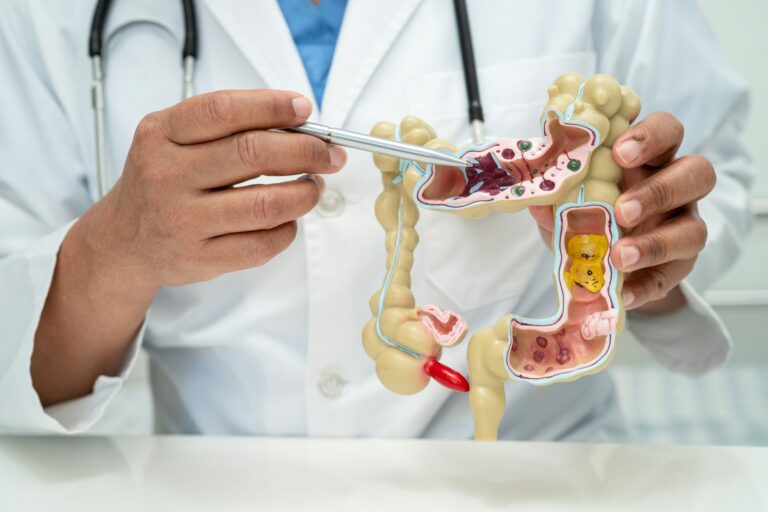The pictures we use in our articles might not show exactly what the words say. We choose these pictures to make you interested in reading more. The pictures work together with the words but don’t take their place. The words still tell you the important facts.
Welcome to the remarkable world of the small of the back, a vital region in the human body that often goes unnoticed. From its role in supporting the upper body to its vulnerability to injury, the small of the back is a complex and fascinating area that deserves attention. In this article, we will delve into 12 astonishing facts about the small of the back, shedding light on its structure, function, and importance. By gaining a deeper understanding of this crucial body part, you can take steps to protect and strengthen it, enhancing your overall well-being.
Unveiling the Significance of the Small of the Back
The Lumbar Region: A Key Player in Body Support
The small of the back, also known as the lumbar region, serves a vital role in supporting the upper body and facilitating movement. Situated between the ribcage and the pelvis, this area bears the weight of the entire upper body, making it susceptible to strain and injury.
The Vertebrae of the Small of the Back
Comprised of five vertebrae labelled L1 to L5, the lumbar region boasts the largest and strongest vertebrae in the spinal column. These vertebrae provide stability and flexibility to the lower back, enabling a wide range of movements.
Understanding Common Issues and Solutions
Herniated Discs: A Source of Lower Back Pain
One prevalent condition affecting the small of the back is a herniated disc, where the soft material inside the disc protrudes or leaks, causing pressure on nearby nerves and resulting in pain. Proper care and treatment are essential to alleviate discomfort associated with this issue.
Muscle Imbalances and Lower Back Pain
Imbalances in the muscles surrounding the small of the back can contribute to lower back pain. Strengthening both the abdominal and back muscles through targeted exercises is crucial for maintaining balance and reducing discomfort.
Sciatica: A Potential Consequence of Small of the Back Injury
Injury to the small of the back, such as a herniated disc, can lead to the compression of the sciatic nerve, causing pain that radiates down the back of the leg. Recognizing the symptoms of sciatica and seeking appropriate treatment is essential for managing this condition.
Strategies for Maintaining Small of the Back Health
Implementing Proper Lifting Techniques
Using correct lifting techniques, such as bending the knees and lifting with the legs, is vital for protecting the small of the back from injuries. Avoiding twisting motions while lifting heavy objects can help prevent strains and discomfort.
Embracing Exercise for Small of the Back Health
Engaging in regular exercise that focuses on strengthening the core and back muscles can improve the health of the small of the back. Activities like yoga, Pilates, and swimming are excellent choices for increasing flexibility and building strength in this area.
Promoting Optimal Well-Being Through Posture and Stability
The Impact of Poor Posture on the Small of the Back
Slouching or sitting with improper posture for prolonged periods can strain the small of the back. Maintaining a neutral spine position and using ergonomic support can help alleviate this strain and promote overall back health.
Stability and Balance: Essential Elements for Comfortable Movement
The small of the back plays a crucial role in maintaining stability and balance throughout the body. Strong back muscles and proper alignment are key factors in preventing injuries and ensuring smooth movement in daily activities.
Conclusion: Nurturing the Small of the Back for Long-Term Health
The small of the back is a fascinating and intricate part of the human body, deserving of our attention and care. By understanding its structure, function, and vulnerabilities, we can take proactive steps to maintain its health and prevent discomfort or pain. Through proper ergonomics, regular exercise, and healthy lifestyle choices, we can fortify the small of our back and enhance our overall well-being.
FAQs: Your Guide to Small of the Back Care
- What causes pain in the small of the back?
-
Pain in the small of the back can stem from various factors, including muscle strain, herniated discs, osteoarthritis, poor posture, and a sedentary lifestyle.
-
How can I prevent small of the back pain?
-
To prevent small of the back pain, focus on maintaining proper posture, regular exercise to strengthen supporting muscles, correct lifting techniques, and avoiding prolonged periods of sitting or standing.
-
When should I seek medical attention for small of the back pain?
-
Seek immediate medical attention if you experience severe or persistent pain in the small of the back, along with symptoms like numbness, tingling, weakness, or loss of bladder or bowel control.
-
Are there specific exercises to strengthen the small of the back?
-
Yes, exercises such as pelvic tilts, bridges, back extensions, and certain yoga poses can help strengthen the small of the back. Consult a healthcare professional or trainer before starting a new exercise regimen.
-
Can poor posture impact the small of the back?
- Poor posture can indeed strain the small of the back, leading to pain and discomfort. To alleviate this, focus on maintaining proper posture, avoiding prolonged slouching, and using ergonomic supports.
Embark on a journey of discovery and care for the small of the back, a vital and awe-inspiring part of the human body. By incorporating these insights into your daily routine, you can nurture and protect this essential area, promoting long-term health and well-being.

